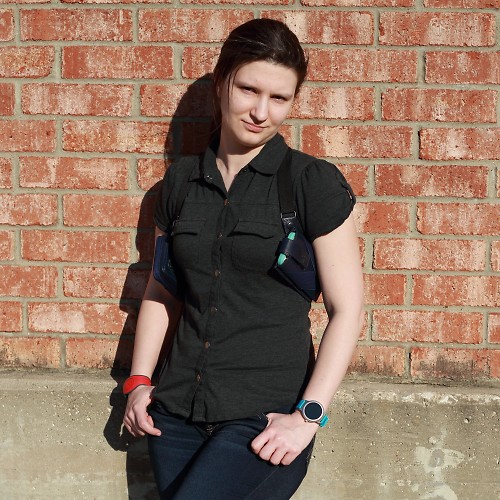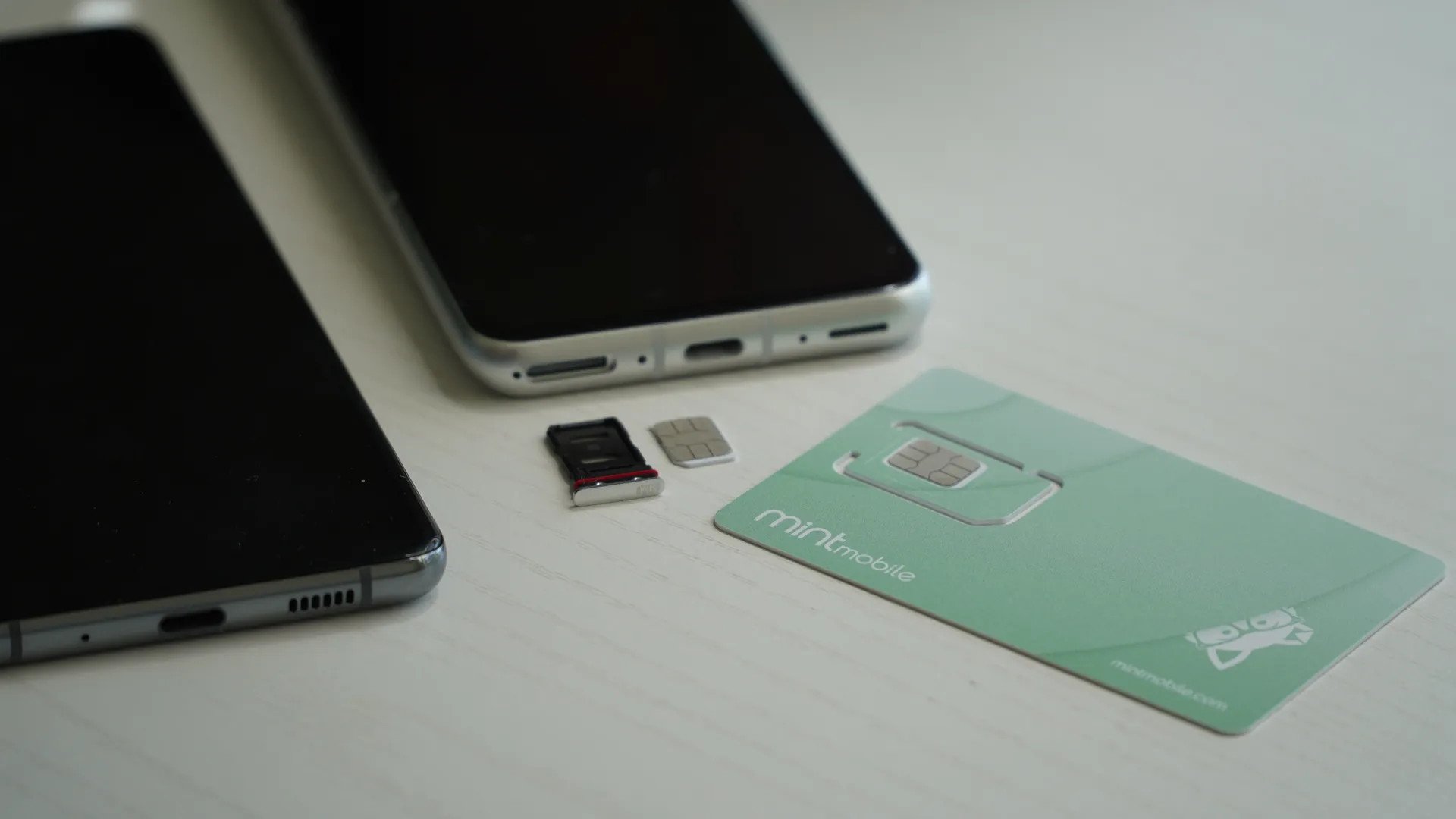Why I'm going back to the HTC 10 after using the Pixel
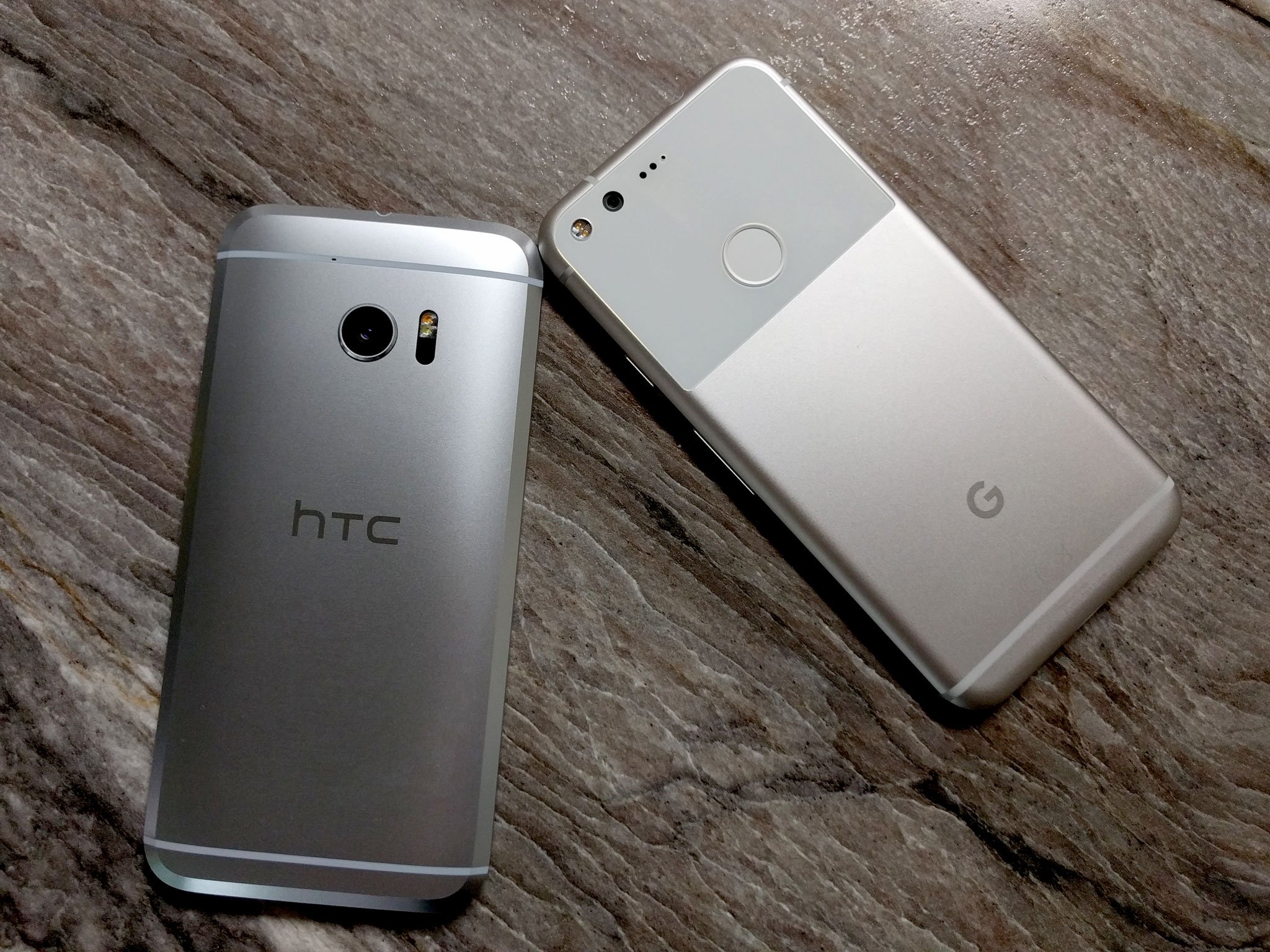
After months of dealing with Bluetooth reception spottiness on my HTC 10, I ordered a Google Pixel. I made sure to get the 128 GB model so that I could use it as a daily driver, something I never felt comfortable doing on the non-expandable 16 GB Nexus 5X. And my shiny silver Pixel has served me well this winter, but Spring has sprung, and with it, I'm going back to my HTC 10.
Here's why.
Bluetooth blues
When I received the Google Pixel, I was looking to kiss goodbye the problems of my headphones cutting out every time my HTC 10 shifted ever so slightly in my pocket, or every time I turned my head. Well, my headphones still cut out with Pixel, so I guess I'll be finding a new pair of those for my birthday next month. But rather than just issues with Bluetooth cutting out, I encountered two more Bluetooth issues with the Pixel that I'd never encountered before.
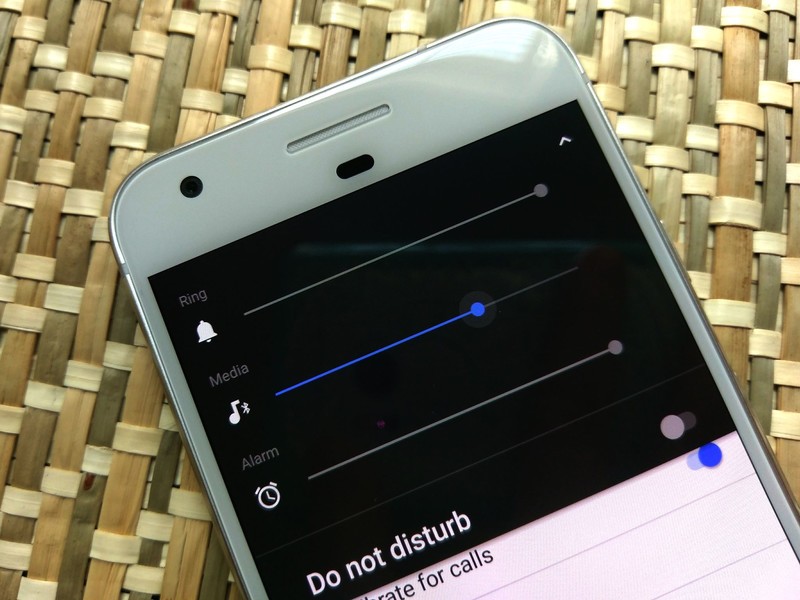
First, and worst, is the way that the Google Pixel treats Bluetooth audio levels. On most phones, I turn the Bluetooth volume on the phone to high then adjust the headphones/speaker volume as needed. On the Pixel, the volume level of the Bluetooth device is tied to the volume level of the phone. This meant that volume control was far less precise on my headphones, too soft in the car, and far, far too soft on the Bluetooth receiver I plugged into my alarm clock. It also didn't help that the volume level would reset with every Bluetooth connection, so even if I turned up the volume on my phone while connected to the Bluetooth receiver before bed, if Bluetooth disconnected and reconnected during my nightly 6 hours, the volume still might be too low to hear when my morning music played.
I'm not the only user to experience this, but I know that I am absolutely listening at higher volume levels on my headphones and other Bluetooth devices because of this bug masquerading as a feature, and I need to go back to a device that handles Bluetooth volume normally and sanely.
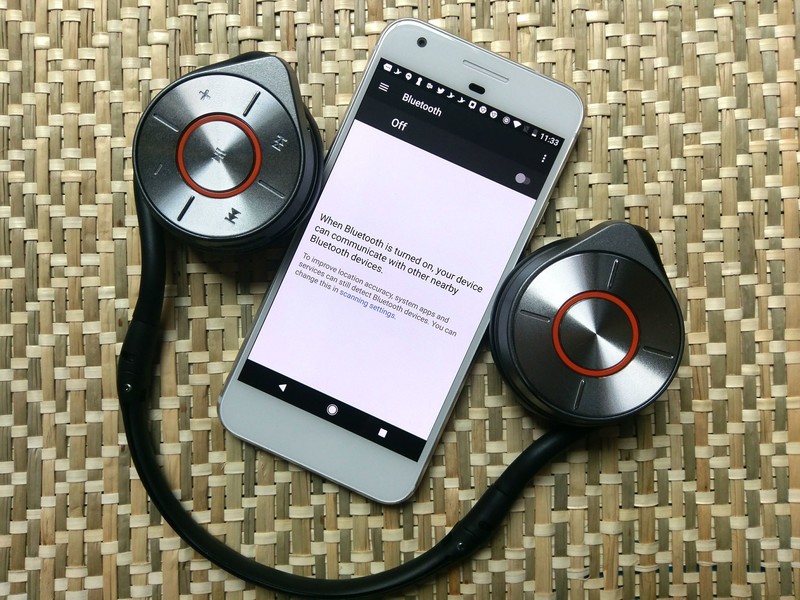
The second Bluetooth bug is a known Pixel bug, and one that a recent server-side error attempted to remedy: Bluetooth randomly shutting itself off. As someone who relies on Bluetooth connections for most of the work day, every morning, and most of her nights, I need Bluetooth to work, and while it's easy to toggle it back on in Quick Settings, treating the symptom does not cure the bug.
Front-facing fingerprint scanner
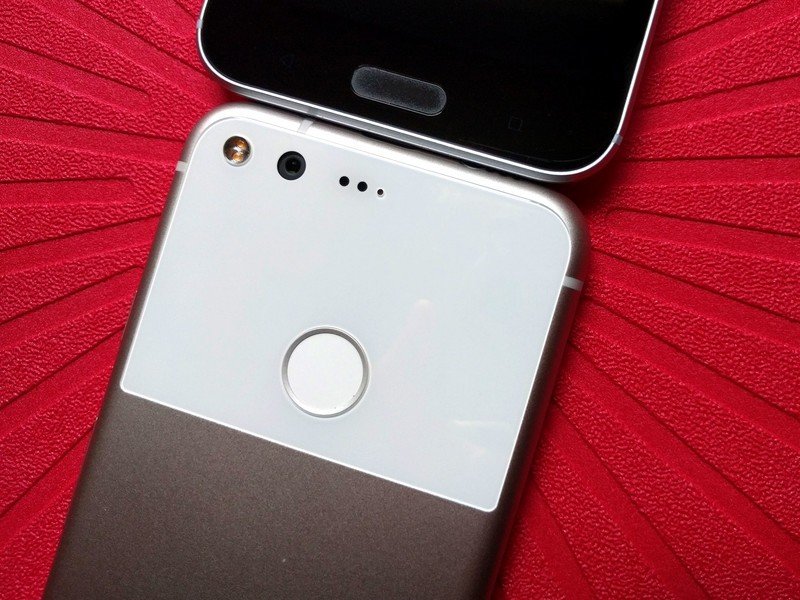
I get the arguments for the rear-facing scanners. Your fingers gravitate towards specific spots on the back of your phone when you pick it up, and it means that you can easily unlock your phone while pulling it out of your pocket and up towards your face. Problem is, I spend a lot of time interacting with my phone when I'm not picking it up.
Be an expert in 5 minutes
Get the latest news from Android Central, your trusted companion in the world of Android
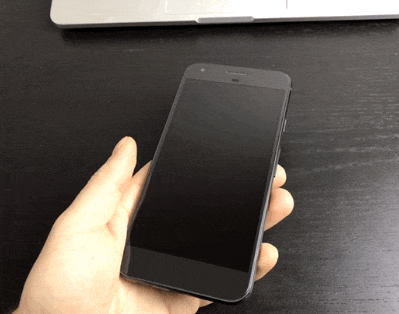
My phone spends a lot of time in docks, mounts, cradled in coffee mugs stuffed with old textbook covers, and a lot of time just laying on the desk next to the video switcher and keyboards in the control room. And with the HTC 10, I can press the fingerprint sensor while the phone lies face-up on the table. With the Pixel, I have to hit the power button or pick the phone up. I can try double-tap to wake, which works for me maybe 50% of the time.
Don't get me wrong — these are both still a step-down from my good old days waving my hand like an enchantress over my 2014 Moto X's IR sensors to wake it up — but being able to wake the phone without picking it up or pressing the power button is something I've missed dearly on the Pixel. This is especially true when I frequently have to re-wake devices during photo shoots for articles without skewing their angles.
Bigger screen in a similar body
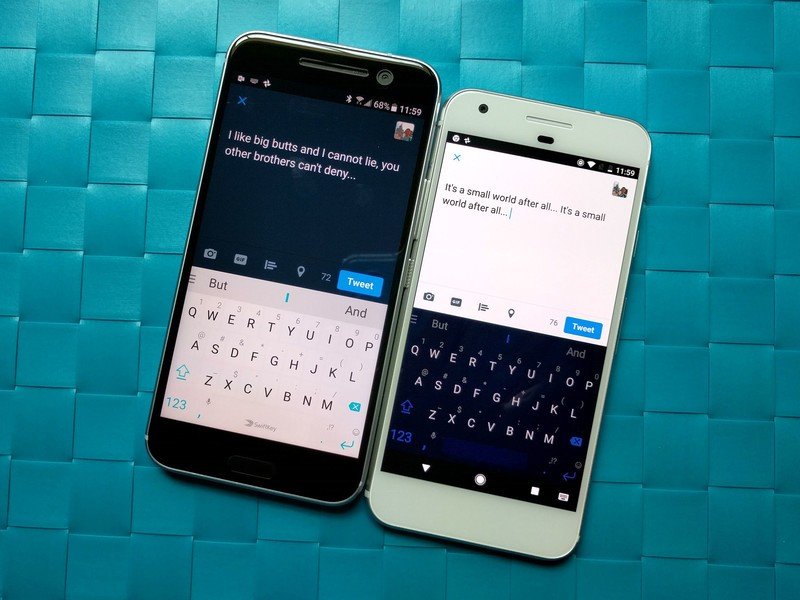
The Pixel's bezels have long been bemoaned for how ridiculously big they are, especially for a screen lacking a front-facing home button. My HTC 10 sports a 5.2" screen in a phone that is only 0.08 inches taller than the Google Pixel, which sports a 5" screen. Those specs aren't helped any more when you consider that the HTC 10 has capacitive nav buttons while the Pixel does not, meaning that on top of having bigger bezels, the Pixel also has less normally usable screen space because nav buttons are taking up the bottom half-inch of the screen.
I've always been one for smaller phones, but I'm for properly utilizing the real estate on a phone no matter the size, and Pixel's front bezels don't make sense. For a phone this physically large, there's no reason for the screen and the UI to feel as small and cramped as they do, especially when typing on SwiftKey's largest layout.
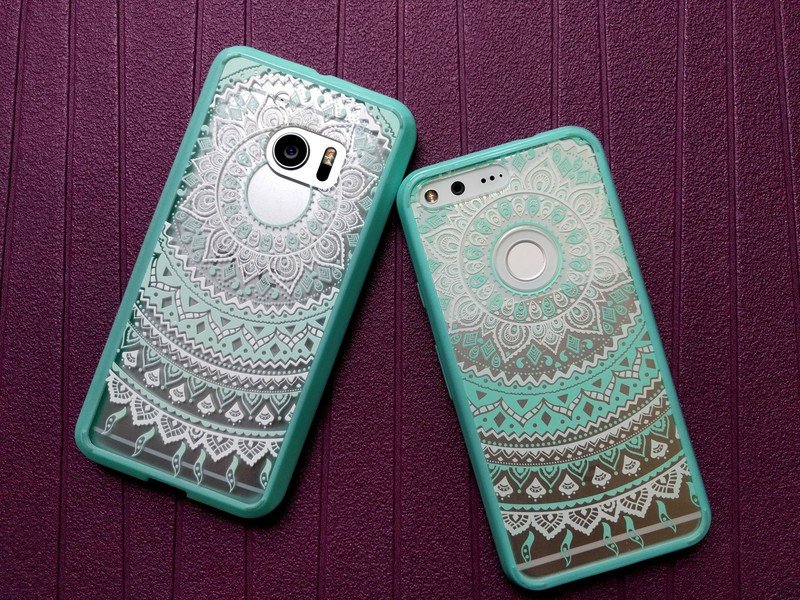
The Google Pixel is still a fantastic phone. It still has the best smartphone camera on the market — how quickly that will be changing is anyone's guess — and because it's a Google phone, it'll be seeing an OTA Android O beta sometime in late spring or early summer that I fully intend to play around with. The Google Pixel has a screen that can get far dimmer than the HTC 10 (and maybe a hair brighter, too), and while the unlocked US HTC 10 has been getting relatively steady updates, nothing gets updates faster than a Google Pixel. For the latest and greatest of Google's vision of Android, the Pixel is still perfect. It's just not perfect for me.
I savor both of these phones, but I bought the HTC 10 because it fit my life, it fit my Android style, and it fit my wallet. And that's why I'm coming home to it.
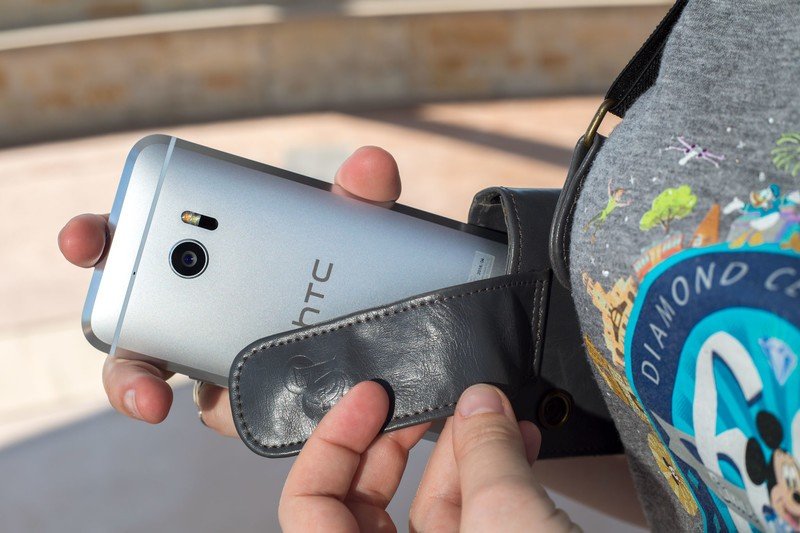
Also, dat chamfer.
Ara Wagoner was a staff writer at Android Central. She themes phones and pokes YouTube Music with a stick. When she's not writing about cases, Chromebooks, or customization, she's wandering around Walt Disney World. If you see her without headphones, RUN. You can follow her on Twitter at @arawagco.
